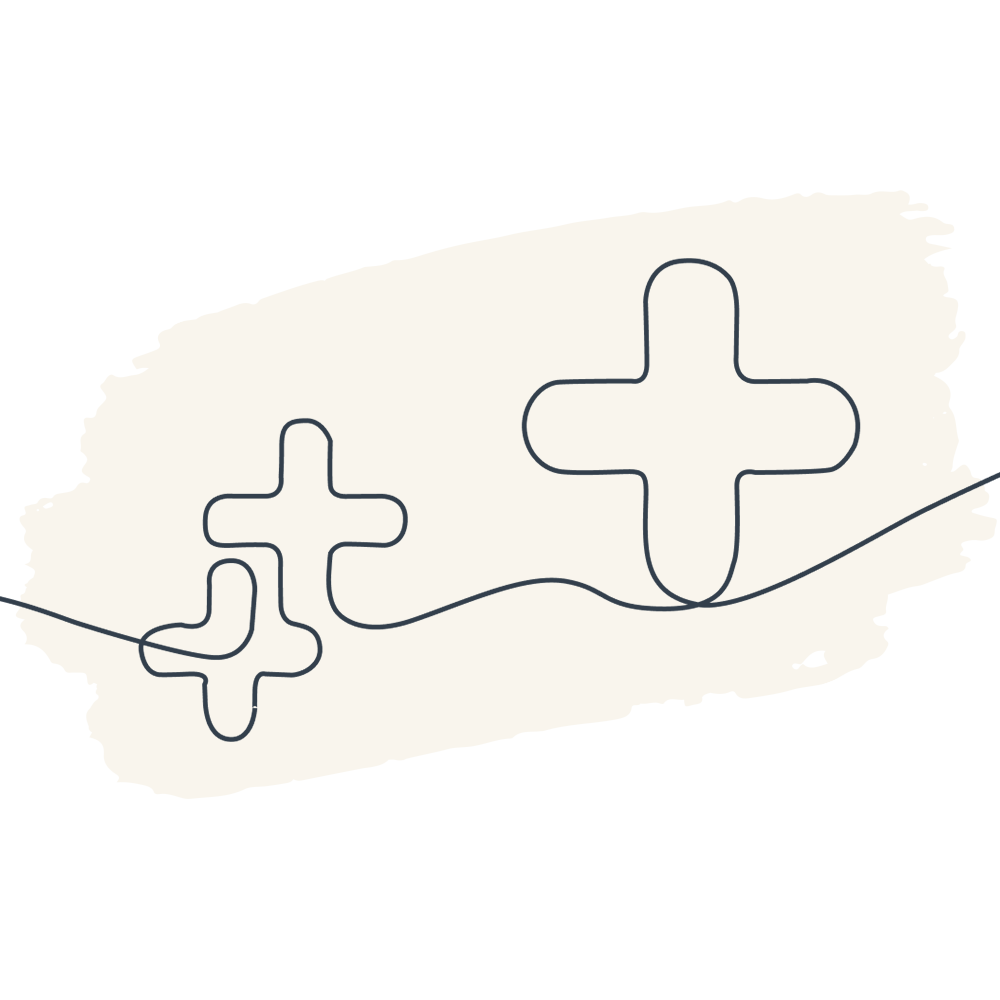What we'll cover on this page:
Understanding Osteoarthritis
If you are wondering how to help someone with osteoarthritis (OA) then you are not alone.
OA is the most common cause of musculoskeletal pain. OA is also one of the ten most disabling diseases in developed countries
Arthritis is a common cause of poor mobility, joint stiffness and pain. There are many different types of arthritis eg osteoarthritis, gout, rheumatoid arthritis, psoriatic arthritis and each requires different treatment so accurate diagnosis is important.
Osteoarthritis (OA) is the most common type of arthritis. It is more common in women and in people aged 45 or more. Being overweight can make you more likely to get OA and can also make it worse.
Symptoms of osteoarthritis include pain, stiffness and problems moving the joint. Sometimes the joint swells and becomes inflamed. Symptoms can vary greatly from person to person or between affected joints. Pain and other symptoms can often flare up and settle back down again. The level of pain does not always reflect the condition of the joint. The changes visible on an X-ray do not always correlate with the severity of OA symptoms eg minor xray changes can be accompanied by severe pain.
Pain, reduced function and effects on a person’s ability to carry out their day-to-day activities can be important consequences of osteoarthritis.
The joints which are most affected by OA are the knees, hands, hips and spine. On average in England, around 18% of people over 45 are diagnosed with OA affecting the knees, and almost 11% are diagnosed with hip OA. It is not unusual for OA to affect more than one joint.
Contrary to popular belief, osteoarthritis is not caused by ageing and does not always get worse with age. There are treatments available and changes you can make to your lifestyle (such as exercise and losing weight) that can help to reduce pain and other symptoms.
This checklist is designed to help you plan care, it is not a substitute for medical advice – always seek professional help. Remember, healthcare professionals will not share information about a patient unless they have been given permission to do so.
How to help someone with Osteoarthritis – Health Care checklist
If your parent has osteoarthritis (OA) and you are helping to organise their health care, then this checklist summarises some of the issues you might like to discuss with them.
Want to know more?
NICE OA Guideline: Osteoarthritis: Care and management CG177
NICE OA Quality Standards: Osteoarthritis quality standard 87.
Information from Versus Arthritis: The leading charity for arthritis
Surgeon specific information about experience and outcomes from the National Joint registry
Stay in touch with The Carents Room
Stay informed and supported on your carenting journey with our newsletter, designed to provide you with:
- Practical Tips: Get expert advice and useful tips to help you navigate the challenges of caring for your elderly relatives.
- Latest Updates: Stay up-to-date with the latest news, research, and developments in health and care services.
- Community Insights: Hear from fellow carents, sharing their experiences and stories to support you.
- Exclusive Resources: Access special content and resources designed to make your role as a carer easier and more effective.
Join our community today and make carenting a smoother, more informed experience. Simply enter your email below to start receiving our carefully curated content straight to your inbox.









